add another flunkch moment ... my best friend who has a highly developped sensitivity .... just came home and told me the weirdest thing:
google to the rescue : 


http://en.wikipedia.org/wiki/Nemesis_(mythology)



Passing of ages
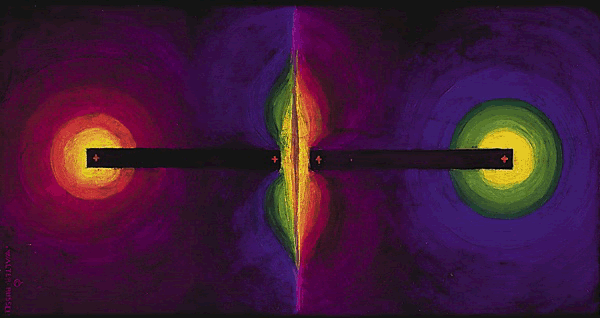
Cybele = The "Delphic Sibyl" (language of the birds  ) see http://www.energeticforum.com/191605-post1626.html
) see http://www.energeticforum.com/191605-post1626.html
Solar flares online — May 06, 2012

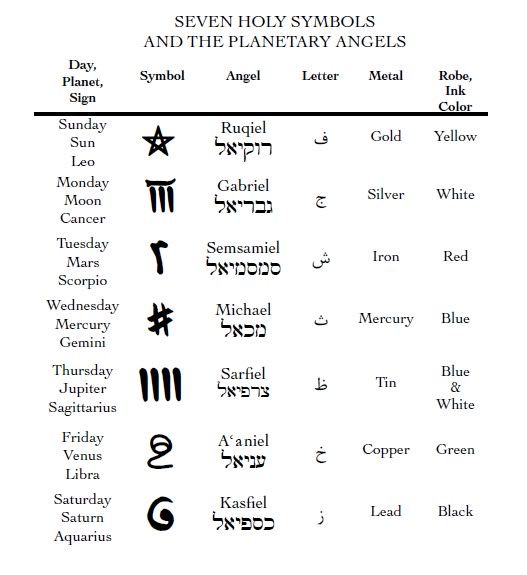
Nemesis .... I had to tell you this for some reason 




http://en.wikipedia.org/wiki/Nemesis_(mythology)
In Greek mythology, Nemesis (Greek, Νέμεσις), also called Rhamnousia/Rhamnusia ("the goddess of Rhamnous") at her sanctuary at Rhamnous, north of Marathon, was the spirit of divine retribution against those who succumb to hubris (arrogance before the gods). The Greeks personified vengeful fate as a remorseless goddess: the goddess of revenge. The name Nemesis is related to the Greek word νέμειν [némein], meaning "to give what is due".[1] The Romans associated Nemesis with Invidia.



Origins
Nemesis has been described as the daughter of Oceanus or Zeus, but according to Hesiod she was a child of Erebus and Nyx. She has also been described as the daughter of Nyx alone. Her cult may have originated at Smyrna.
In some metaphysical mythology, Nemesis produced the egg from which hatched two sets of twins: Helen of Troy and Clytemnestra, and the Dioscuri, Castor and Pollux. While many myths indicate Zeus and Leda to be the parents of Helen of Troy, the author of the compilation of myth called Bibliotheke notes the possibility of Nemesis being the mother of Helen; Nemesis, to avoid Zeus, turns into a goose, but he turns into a swan and mates with her. Nemesis in her bird form lays an egg (vesica piscis ) that is discovered in the marshes by a shepherd, who passes the egg to Leda. It is in this way that Leda comes to be the mother of Helen of Troy, as she kept the egg in a chest until it hatched.[3]
The origin of Nemesis in the context of comparative jurisprudence is discussed by David Granfield in Chapter 3 titled "Nemesis: The Avenging Goddess" of his book titled The Inner Experience of Law published in 1988 by the Catholic University of America Press.
Nemesis has been described as the daughter of Oceanus or Zeus, but according to Hesiod she was a child of Erebus and Nyx. She has also been described as the daughter of Nyx alone. Her cult may have originated at Smyrna.
In some metaphysical mythology, Nemesis produced the egg from which hatched two sets of twins: Helen of Troy and Clytemnestra, and the Dioscuri, Castor and Pollux. While many myths indicate Zeus and Leda to be the parents of Helen of Troy, the author of the compilation of myth called Bibliotheke notes the possibility of Nemesis being the mother of Helen; Nemesis, to avoid Zeus, turns into a goose, but he turns into a swan and mates with her. Nemesis in her bird form lays an egg (vesica piscis ) that is discovered in the marshes by a shepherd, who passes the egg to Leda. It is in this way that Leda comes to be the mother of Helen of Troy, as she kept the egg in a chest until it hatched.[3]
The origin of Nemesis in the context of comparative jurisprudence is discussed by David Granfield in Chapter 3 titled "Nemesis: The Avenging Goddess" of his book titled The Inner Experience of Law published in 1988 by the Catholic University of America Press.
Fortune and retribution
The word Nemesis originally meant the distributor of fortune ( Karma ), neither good nor bad, simply in due proportion to each according to what was deserved; then, nemesis came to suggest the resentment caused by any disturbance of this right proportion, the sense of justice which could not allow it to pass unpunished. O. Gruppe (1906) and others connect the name with "to feel just resentment". From the 4th century onwards, Nemesis, as the just balancer of Fortune's chance, could be associated with Tyche.
The word Nemesis originally meant the distributor of fortune ( Karma ), neither good nor bad, simply in due proportion to each according to what was deserved; then, nemesis came to suggest the resentment caused by any disturbance of this right proportion, the sense of justice which could not allow it to pass unpunished. O. Gruppe (1906) and others connect the name with "to feel just resentment". From the 4th century onwards, Nemesis, as the just balancer of Fortune's chance, could be associated with Tyche.

In the Greek tragedies Nemesis appears chiefly as the avenger of crime and the punisher of hubris, and as such is akin to Atë and the Erinyes. She was sometimes called "Adrasteia", probably meaning "one from whom there is no escape"; her epithet Erinys ("implacable") is specially applied to Demeter and the Phrygian mother goddess, Cybele.
 ) see http://www.energeticforum.com/191605-post1626.html
) see http://www.energeticforum.com/191605-post1626.htmlSolar flares online — May 06, 2012


In early times the representations of Nemesis resembled Aphrodite, who herself sometimes bears the epithet Nemesis. Later, as the maiden goddess of proportion and the avenger of crime, she has as attributes a measuring rod (tally stick), a bridle, scales, a sword and a scourge, and rides in a chariot drawn by griffins.
Nemesis is also known to have been called "Adrastia".
Nemesis is also known to have been called "Adrastia".



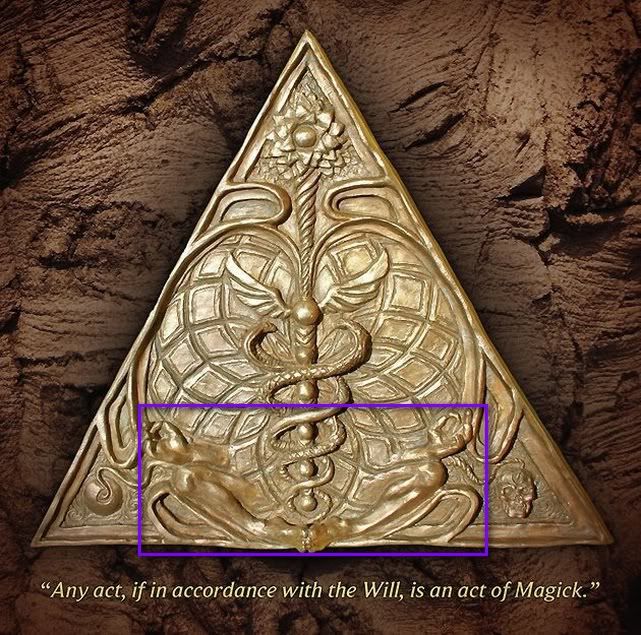



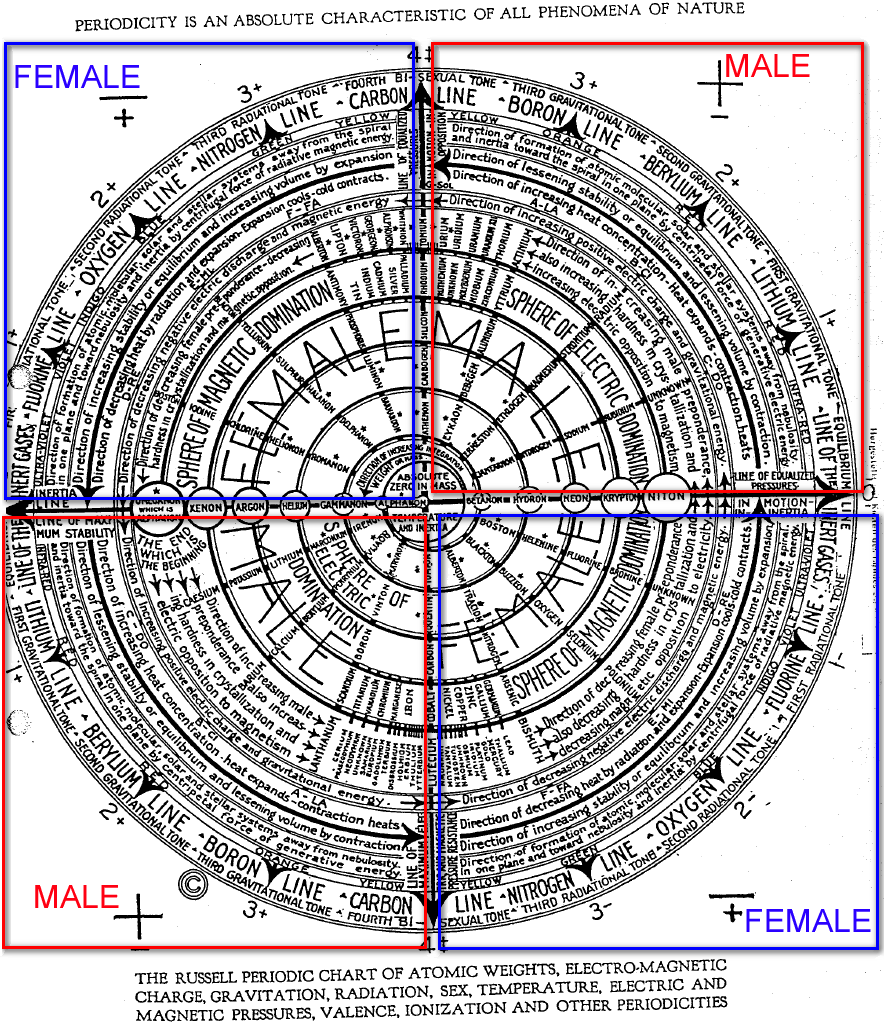


 info ... directly related to
info ... directly related to 
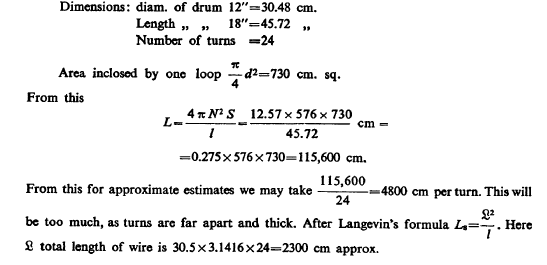



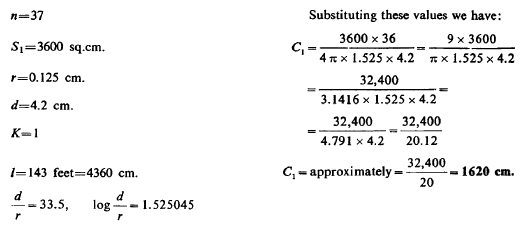
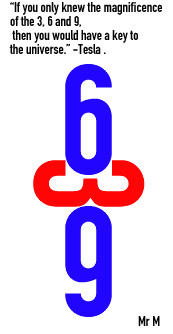
 .
.





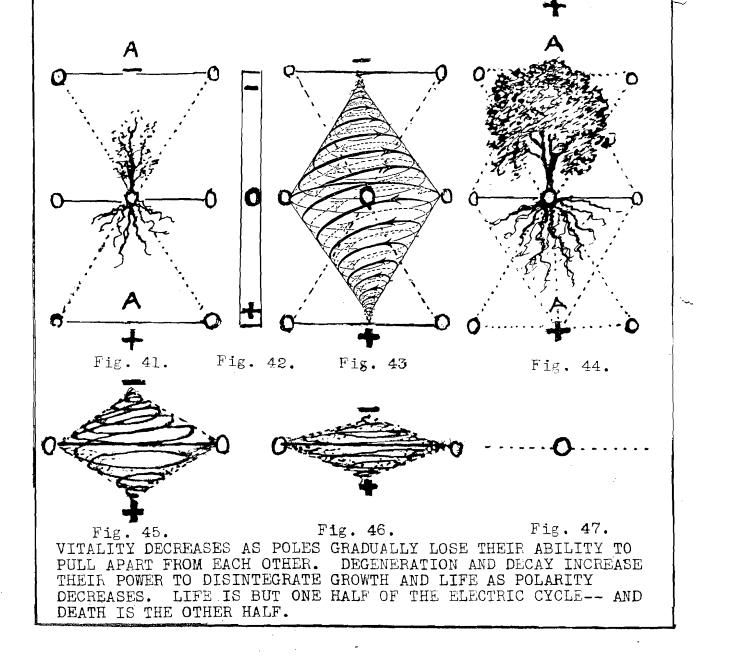
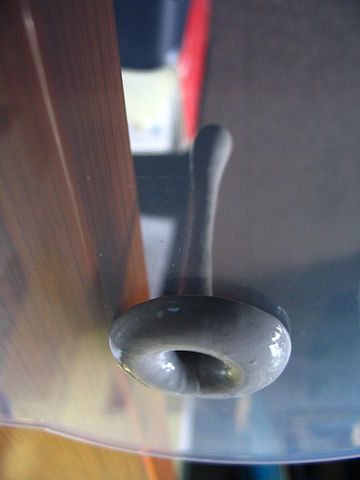


















 )
)

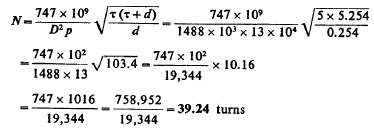


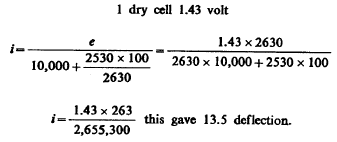
Comment